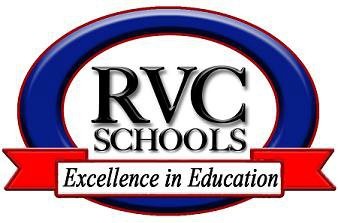Slight drop in RVC math test opt-outs
The Rockville Centre School District saw slight dips in the number and percentage of third-through-seventh graders who opted out of the New York State math assessment last week, and the latest figure — 58 percent — was among the upper half on Long Island.
According to school officials, 796 students [58 percent] did not sit for the tests, which were administered May 2-4, 15 less than last year. Last year, 60 percent of eligible students opted out of the math exam.
Over 90,000 Long Island students elected not to take the tests and Rockville Centre had the 40th-highest total among the 112 districts that reported its opt-outs figures. Sixty percent of Rockville Centre students opted out of the English Language Arts assessment in March.
Just over half of the third and fourth graders in the district did not take the test. Over 60 percent of fifth graders sat out, as did 65 percent of the sixth graders and 64 percent of seventh graders. Unlike the ELA test, eighth graders in the district take the math Regents exam instead of the Common Core test.
During the ELA test, School Superintendent Dr. William Johnson cited the state’s inability to lessen the amount of testing days from three to two as the main reason why the opt-out numbers remained at last year’s levels.
“It’s more of the same,” he said. “The state didn’t make the changes we thought they might make and so the parents are not going to change their response.”
The younger children were asked questions in the areas such as operations and algebraic thinking, measurement and data and geometry. Older students had to answer questions on statistics and probability, expressions and equations and ratios and proportional relationships.
Johnson has been an outspoken critic of Common Core testing, noting that state exams do not adequately measures students’ achievement or progress, and that
The district has several other measures by which it gauges learning. The district uses tests developed by the Northwest Evaluation Association, which Johnson has said are superior measures of student progress. The parents in the district agree.
“I opted my third-grader out of it,” said Hewitt PTA president Tara Hackett. “Until New York state creates a test that I feel is valid and is as good of an assessment as I feel the NWEA is, then I don’t know if it’s something even worth taking at this point.”
NWEA tests take 45 minutes, instead of three days, to complete, and teachers and parents receive the results within a week, not months later, as is the case with the state assessments. Teachers can immediately identify subject areas in which students are struggling, and tailor lessons to help them.
“I like in Rockville Centre how use the NWEA,” said Watson PTA president Susan McNulty, who has a third-grade son in the district. “That actually looks at students’ skills and it gives us a benchmark, a baseline and a final result, whereas when you’re taking one test at the end of the year and you get the results back in September. What is that really telling us about our kids?”
In December 2015, the New York Board of Regents passed a moratorium that suspended the use of student test scores in teacher performance reviews for four years.

 41.0°,
Fair
41.0°,
Fair 




